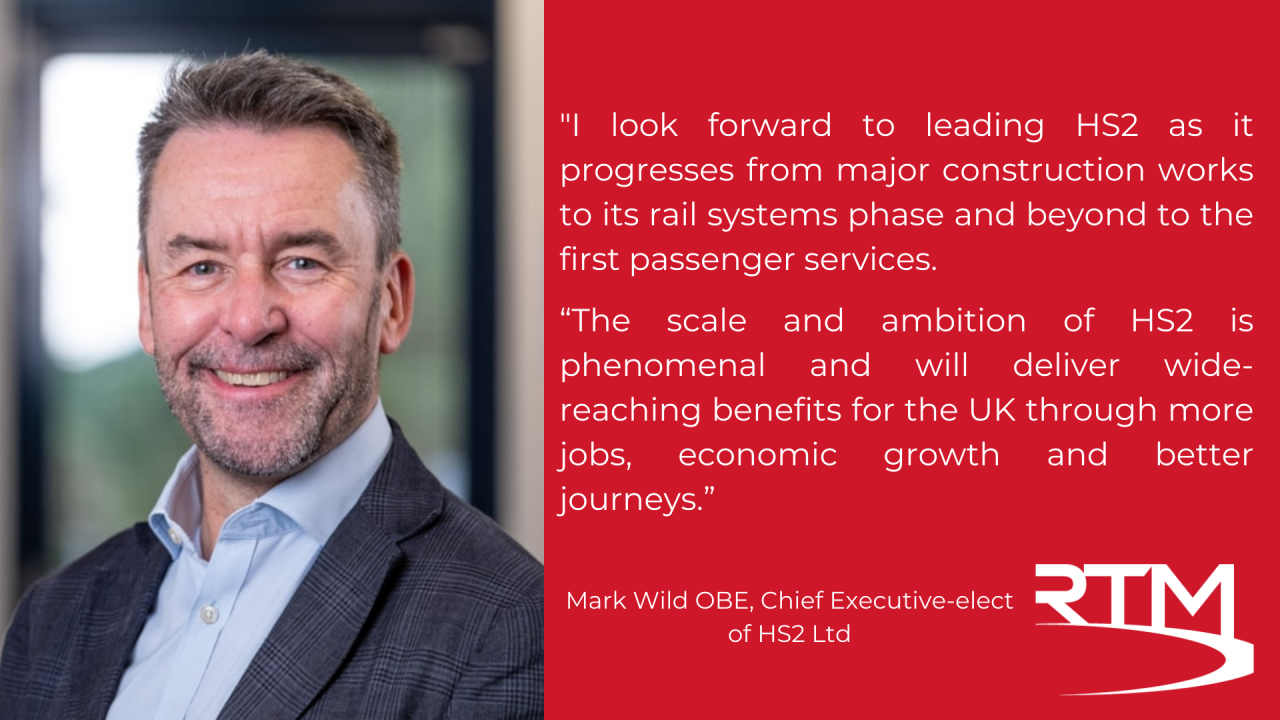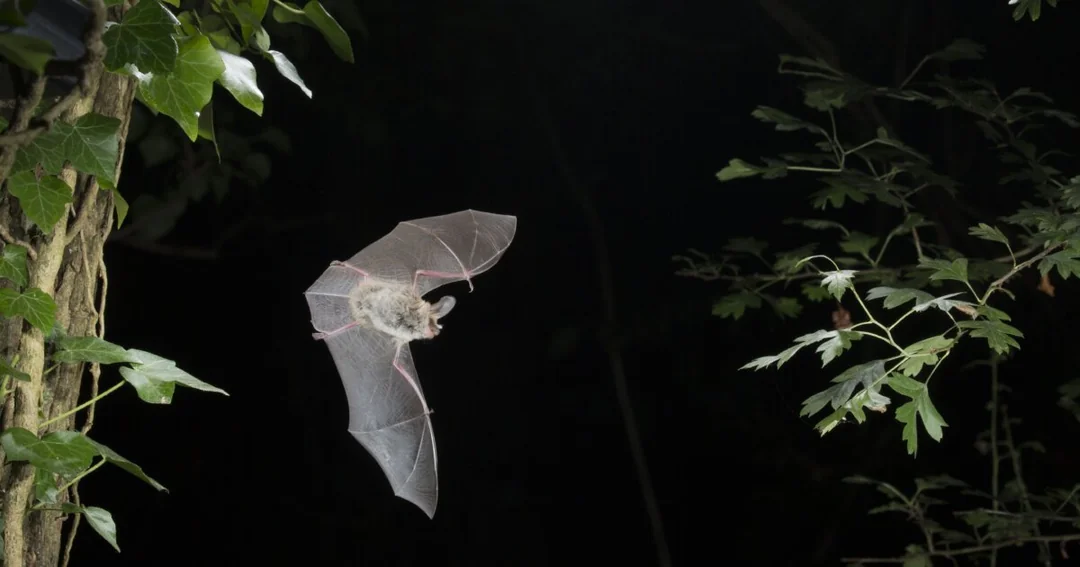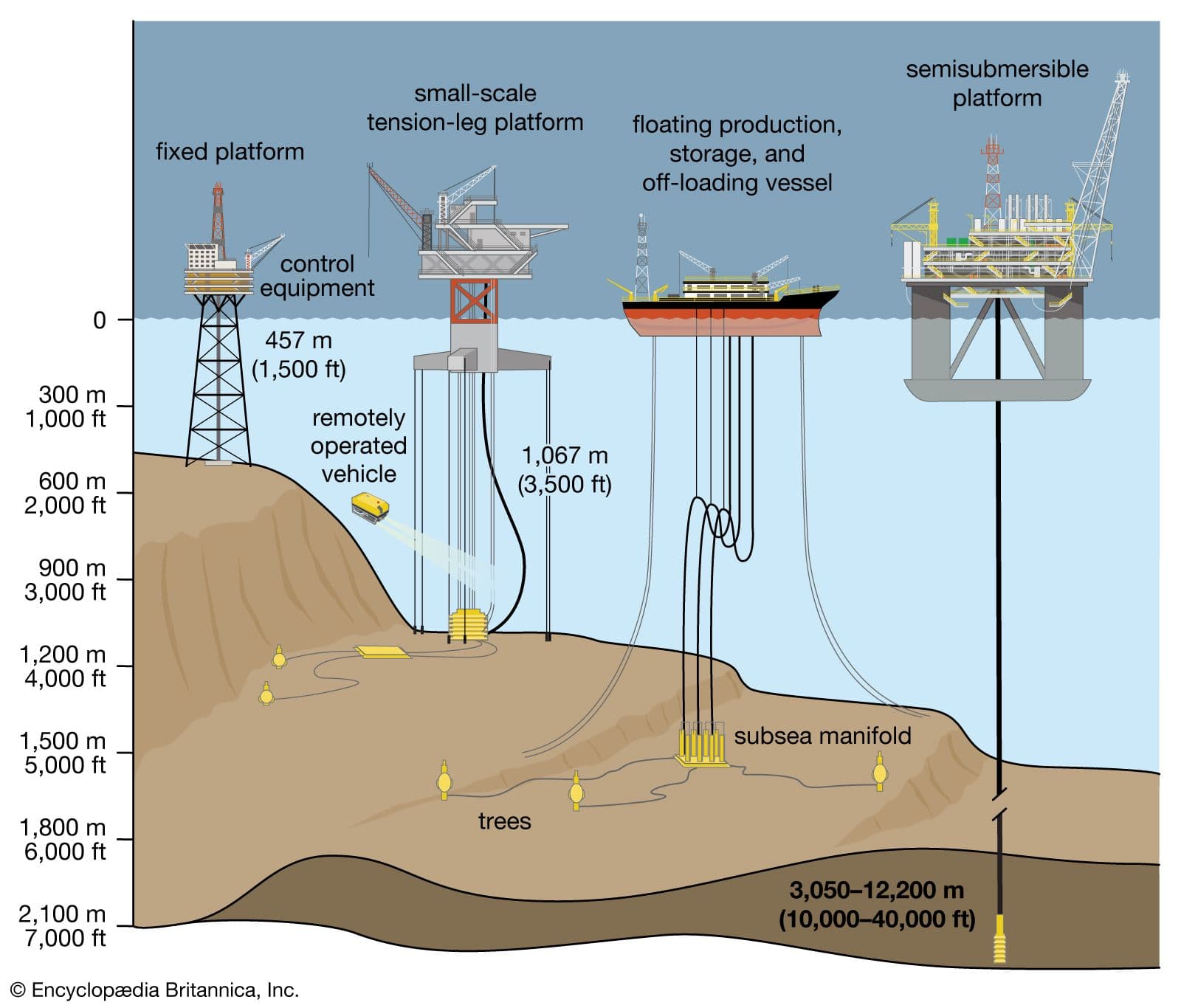The UK government has made headlines again, this time with a staggering £216 million price tag for a "bat shed" intended to protect endangered species along the High Speed 2 (HS2) railway line. As the Department for Transport (DfT) and HS2 Ltd unveil the details of this extravagant expenditure, the implications for environmental justice and accountability in public spending cannot be overstated.
High Costs for High-Speed Rail
The Sheephouse Wood Bat Mitigation Structure, which spans 1 kilometer and reaches a height of 10 meters, is designed to safeguard thirteen species of bats, including the protected Bechstein’s bat. The hefty price tag is broken down in a letter from DfT’s interim permanent secretary Jo Shanmugalingam and HS2 Ltd CEO Mark Wild. While the cost for the structure itself is reported as £95 million in 2019 prices, inflation and additional civil works have pushed the total to £216 million in 2025.
Environmental Protections or Economic Burden?
While the need to protect wildlife is paramount, the sheer scale of this investment raises questions about priorities. As reported by BBC, the decision to construct this costly structure came after HS2 Ltd evaluated over twenty options for bat protection. The final choice, a Bebo Arch system, was deemed necessary but exposes how environmental safeguards can come with exorbitant costs that impact taxpayers.
Ecological Impact and Public Accountability
The Sheephouse Wood area is a Site of Special Scientific Interest (SSSI), yet the approach towards wildlife conservation appears piecemeal and reactive. The DfT’s breakdown of costs reveals that £91 million has already been spent, equating to £117 million in today"s terms. This spending, while aimed at protecting biodiversity, begs the question: could these funds have been better allocated to more sustainable and comprehensive environmental policies?
Challenges in Environmental Governance
The HS2 bat mitigation structure is not just an isolated incident but part of a larger narrative about the UK’s infrastructure planning and environmental governance. The project has faced multiple delays and budget overruns, leading to significant public outcry. Former HS2 chair Sir Jon Thompson previously predicted costs would exceed £100 million, igniting outrage from various stakeholders, including former transport secretary Louise Haigh and environment secretary Steve Reed.
\n\n
New CEO for HS2 Ltd | Rail News
Voices from the Ground
As communities near the construction sites grapple with the consequences, it is essential to amplify the voices of those affected. Local residents and environmental advocates express frustration over the prioritization of large-scale infrastructure over tangible community needs. Many argue that the HS2 project has been framed as a necessary step towards modernization, yet it often overlooks the long-term ecological and social ramifications.
Government Accountability and Future Directions
The commitment to protect endangered species should not come at the cost of fiscal responsibility and environmental integrity. As the HS2 project continues to unfold, scrutiny from the Public Accounts Committee (PAC) and community stakeholders is crucial. The DfT has stated that each element of the project, including the bat structure, has been influenced by various subcontractors, making accountability complex and fragmented.
Environmental Justice at a Crossroads
This situation presents a critical juncture for environmental justice in the UK. The enormous financial investment in a bat mitigation structure highlights the broader systemic issues of how infrastructure projects are planned and executed. The HS2 project must not only address wildlife protection but also consider the socio-economic impact on local communities who have been left out of the conversation. As we push for accountability, it is vital to demand that environmental justice is integrated into the very fabric of policy-making.
The future of HS2 and similar projects will depend on how well they balance ecological needs with community rights and fiscal responsibility. The current trajectory suggests a troubling disregard for both environmental integrity and public trust. With mounting pressure for transparency, the government must navigate these challenges carefully to avoid further alienating the very communities they claim to serve.

High Speed 2 – bat protection costs - News - Bat Conservation ...


![[Video] Japan investigates premature death of farmed oysters and scallops](/_next/image?url=%2Fapi%2Fimage%2Fthumbnails%2Fthumbnail-1763677258346-b2w5vf-thumbnail.jpg&w=3840&q=75)

![[Video] Investigation launched into illegal dumping of waste near River Cherwell](/_next/image?url=%2Fapi%2Fimage%2Fthumbnails%2Fthumbnail-1763204448399-6r6sur-thumbnail.jpg&w=3840&q=75)



